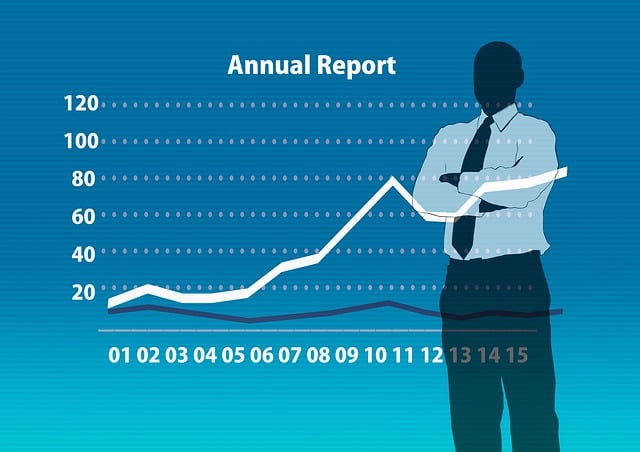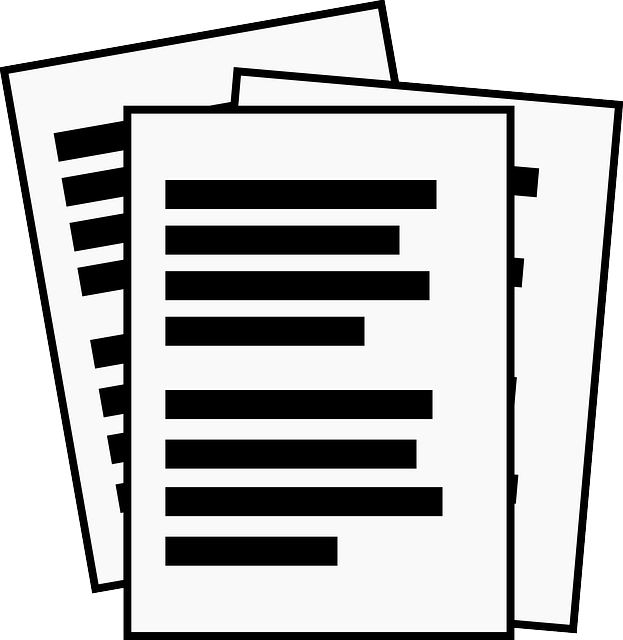In international business, clear communication through accurate Risk Assessment Reports (RARs) translation is vital for effective risk management. UK translation services play a crucial role in preserving the integrity and comprehension of these complex documents. Skilled translators navigate language nuances and technical jargon to avoid ambiguities, especially in regulated sectors like healthcare and finance. Selecting reliable providers with expertise in regulatory documentation and subject matter knowledge ensures high-quality translations that meet international standards. Comprehensive briefing, including detailed terminology definitions and formatting requirements, is essential for accuracy. Robust Quality Assurance (QA) processes, industry-specific training, and consistent terminology through centralized glossaries guarantee the reliability of translated RARs within the UK's complex regulatory environment.
In the global business landscape, clear communication is paramount, especially in documents like UK risk assessment reports. Accurate translations are crucial for ensuring compliance and effective risk management across multilingual organizations. This article explores the art of achieving clarity in such translations, delving into common challenges, best practices, and essential strategies to navigate the intricacies of UK risk evaluation document translation services, ultimately facilitating global understanding and risk mitigation.
- Understanding the Importance of Clarity in Risk Assessment Translations
- Common Challenges in UK Risk Evaluation Document Translation
- Selecting the Right Language Services Provider for Accurate Translations
- Key Elements to Include in Your Translation Brief
- Ensuring Quality Assurance Processes for Translated Documents
- Effective Communication Strategies for Complex Risk Concepts
- Legal and Regulatory Considerations for Accurate Risk Assessment Translations
- Best Practices for Maintaining Consistency Across Multi-Language Reports
Understanding the Importance of Clarity in Risk Assessment Translations

In the realm of international business, clear communication is paramount, especially when it comes to risk evaluation documents. UK risk assessment reports are essential tools for evaluating and mitigating potential hazards in various sectors. When these critical documents are translated for global audiences, ensuring clarity becomes an indispensable task. Ambiguity or misinterpretation can lead to severe consequences, affecting decision-making processes and potentially causing unnecessary risks.
Professional UK translation services understand the gravity of this matter. They employ skilled translators who are not only fluent in the target languages but also possess a deep understanding of technical jargon and risk assessment terminology. These experts meticulously work to convey the nuances of the original report, ensuring that the translated document is readily comprehensible for its intended readers worldwide. Clear translations facilitate accurate risk analysis, enabling businesses and stakeholders to make informed choices, thereby enhancing overall operational safety and efficiency.
Common Challenges in UK Risk Evaluation Document Translation

When translating UK risk evaluation documents, several common challenges arise due to the intricate nature of such reports. Language nuances and technical jargon can often lead to ambiguities, particularly when dealing with highly regulated industries like healthcare or finance. Professional translators must possess a deep understanding of both the source and target languages to accurately convey the intended meaning, especially in contexts where even slight misinterpretations could have significant implications.
Another hurdle is the format and structure of these documents, which may differ from language to language. Risk Assessment Reports (RARs) in the UK, for instance, adhere to specific guidelines and templates. Translators need to adapt to these formats while ensuring that the translated document remains compliant with international standards or industry-specific regulations. This requires meticulous attention to detail and often involves collaboration with domain experts to guarantee precision and accuracy in the final translated Risk Assessment Reports (RARs).
Selecting the Right Language Services Provider for Accurate Translations

When it comes to translating UK risk assessment reports, choosing the right language services provider is paramount for accuracy and compliance. Look for providers with extensive experience in regulatory documentation to ensure they understand the nuances of technical and legal language. Reputable firms should have a proven track record of delivering high-quality translations that align with industry standards.
Specific expertise in risk evaluation documents is beneficial, as these often contain complex terminology and specific formatting requirements. A good provider will employ native speakers who are also subject matter experts, ensuring not only accurate translation but also cultural adaptability. They should offer quality assurance processes, including proofreading and editing, to catch any potential errors or ambiguities.
Key Elements to Include in Your Translation Brief

When engaging UK translation services for risk assessment reports, a comprehensive translation brief is essential to ensure accuracy and clarity in the final document. Key elements to include are detailed definitions of terms specific to your industry or regulatory context, as technical jargon can vary between languages. This ensures that the translated report maintains its intended meaning and complies with relevant standards.
Additionally, providing contextual information about the purpose and target audience of the report is vital. This helps translators tailor their work to suit the needs of readers who may not be familiar with the original content. Include any specific formatting requirements, such as font styles, layout preferences, or special symbols used in your industry, to guarantee visual consistency across the translated document.
Ensuring Quality Assurance Processes for Translated Documents

Maintaining accuracy and consistency is paramount when it comes to translated risk assessment reports, especially in a country like the UK with its intricate regulatory landscape. Quality Assurance (QA) processes play a pivotal role in ensuring that documents accurately convey the original meaning and nuances. Reputable UK translation services employ rigorous QA measures, including proofreading by native speakers who are experts in their field. This ensures not only grammatical correctness but also understands the specific terminology used in risk assessments.
Furthermore, these services often utilize specialized software tools to cross-check translations against the source text, identifying any potential discrepancies or omissions. Regular training for translators on industry-specific terms and concepts is another critical aspect of QA. Such steps are vital to guarantee that translated risk assessment reports meet the highest standards, allowing businesses and regulators in the UK to trust the accuracy and reliability of the information presented.
Effective Communication Strategies for Complex Risk Concepts

When translating UK risk assessment reports, ensuring clarity is paramount. This involves employing effective communication strategies to convey complex risk concepts accurately. Professional translators must possess a deep understanding of both the source and target languages, as well as industry-specific terminology, to avoid ambiguities.
Using simple language, visual aids, and analogies can significantly enhance comprehension. It’s also crucial to maintain consistency in terminology across the document. Risk assessment reports often deal with intricate details; therefore, breaking down complex ideas into digestible chunks and utilizing clear structures like bullet points or numbered lists can greatly assist readers in understanding and interpreting the information.
Legal and Regulatory Considerations for Accurate Risk Assessment Translations

When translating UK risk assessment documents for international audiences, understanding the legal and regulatory context is paramount. These documents often carry significant weight in decision-making processes, especially in industries with stringent safety standards like healthcare, finance, or manufacturing. A precise translation goes beyond mere word-for-word substitution; it demands an intimate grasp of the target country’s legislation and norms to ensure compliance.
Professional UK translation services specializing in risk assessment reports should employ linguists equipped with legal expertise or access to comprehensive regulatory databases. This ensures that technical terms are accurately translated, preserving the integrity of risk evaluation methodologies and criteria. Moreover, these services must stay abreast of updates in both source and target country regulations to deliver translations that align with evolving legal landscapes, thereby facilitating accurate and reliable risk assessment processes globally.
Best Practices for Maintaining Consistency Across Multi-Language Reports

Maintaining consistency across multi-language risk assessment reports is paramount for effective communication and regulatory compliance. One best practice involves establishing a centralized, comprehensive glossarial database that all translators and reviewers access. This ensures consistent terminology usage throughout documents, avoiding misinterpretations and ambiguity. Additionally, implementing a structured reporting format with predefined sections and headings facilitates easy navigation and comprehension across languages.
Regular training sessions for translators on industry-specific jargon and regulatory requirements are essential. These sessions should be tailored to each language to account for linguistic nuances. Moreover, peer review processes where multiple translators independently assess each other’s work can significantly enhance accuracy and consistency, fostering a culture of quality within the translation team.
Ensuring clarity in translated UK risk evaluation documents is paramount for effective communication and compliance. By understanding common challenges, selecting reliable language service providers, and implementing robust quality assurance processes, organizations can deliver accurate reports that align with legal and regulatory standards. Key best practices include maintaining consistency across multi-language reports and employing effective communication strategies to convey complex risk concepts clearly. This holistic approach not only enhances understanding but also reinforces the integrity of risk assessment reports in diverse linguistic contexts.
